Introducation:
CPVC is a high-temperature plastic pressure piping system introduced for potable plumbing in 1959. It has also been used extensively in fire sprinkler systems since 1985. This material is also used for many industrial and process piping applications.
Classification of CPVC Fittings:
1.Couplings: Connect pipes securely, suitable for residential and commercial use.
2.Elbows: Allow changes in direction, ideal for hot water distribution systems.
3.Tees: Create branch connections, available in various configurations.
4.Reducers: Connect pipes of different diameters, commonly used in residential and industrial systems.
5.Caps: Seal pipe ends, prevent water leakage.
Advantages of CPVC Fittings:
1.Chemical Resistance: Excellent resistance to acids, bases, and solvents.
2.High Temperature Resistance: Withstands temperatures up to 200°F (93°C).
3.Durability and Longevity: Offers excellent impact strength and resists cracking.
4.Cost-Effective Installation: Lightweight and easy to install, reducing labor and tool requirements.
Standard Classification of CPVC Fittings:
1.ASTM D2846: Used in hot and cold water distribution systems.
Couplings: Quick and reliable connections.
Elbows: Allow changes in direction efficiently.
Tees: Create branch connections accurately.
Reducers: Smoothly transition between pipe sizes.
Caps: Provide leak-proof closure.
2.ASTM F439: Suitable for drain, waste, and vent applications.
Couplings: Secure connections for drainage systems.
Elbows: Efficiently change direction in plumbing layouts.
Tees: Create branch connections in drainage systems.
Reducers: Transition between different pipe sizes in drains.
Caps: Seal pipe ends effectively.
Applications of CPVC Fittings:
1.Residential Plumbing: Hot and cold water distribution, drainage systems.
2.Commercial Buildings: Potable water supply, fire sprinkler systems, HVAC installations.
3.Industrial Sector: Chemical processing, high-temperature fluid handling, corrosive fluid conveyance.













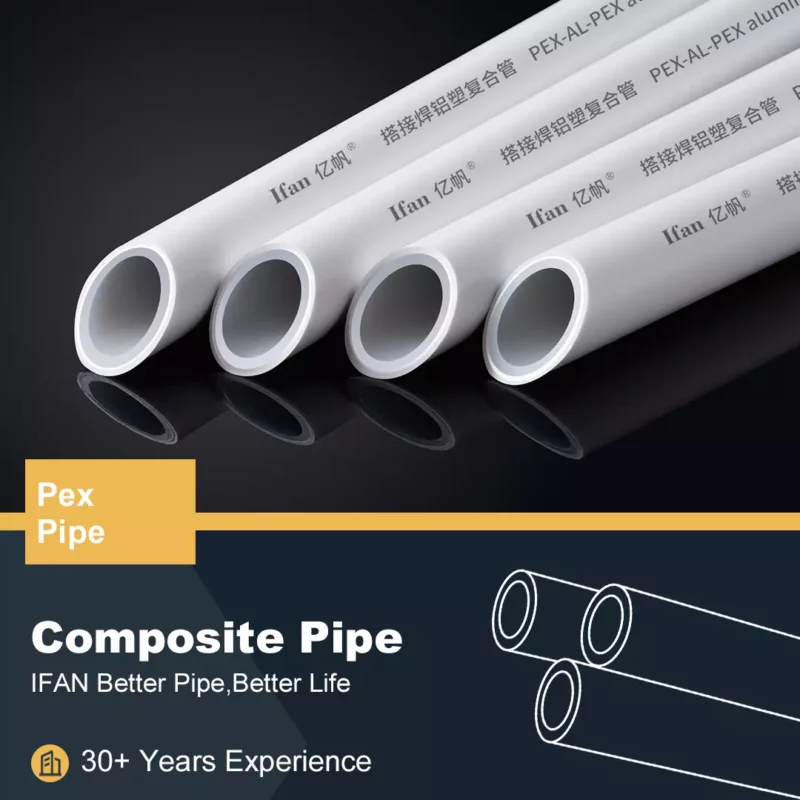








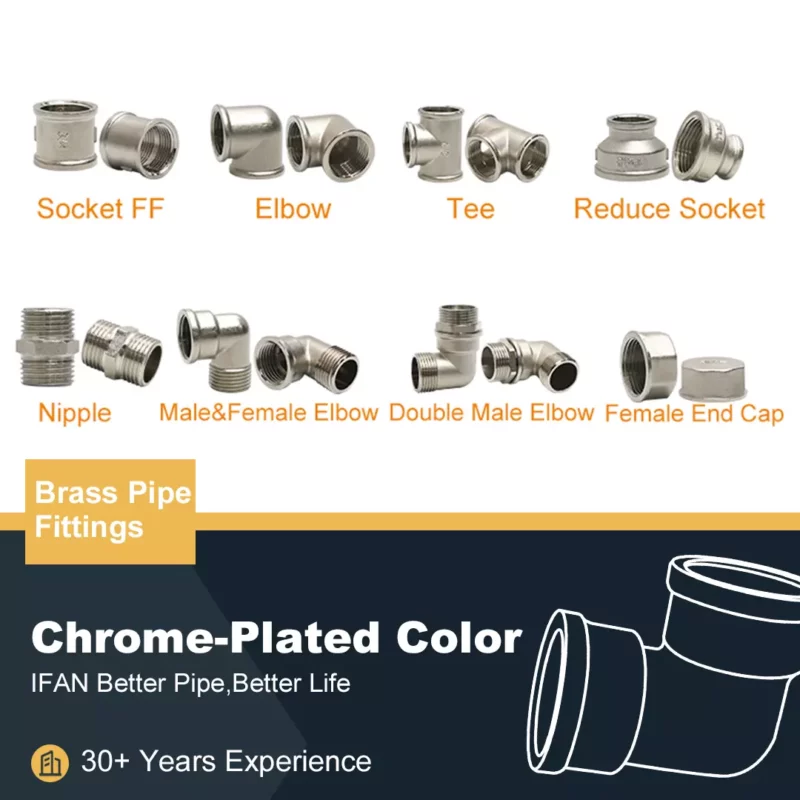
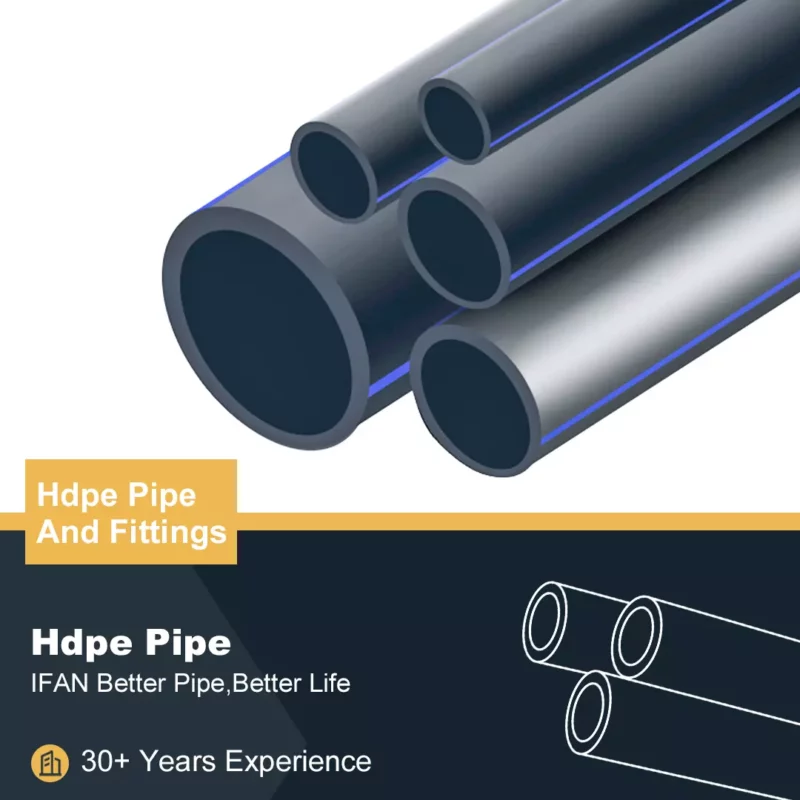




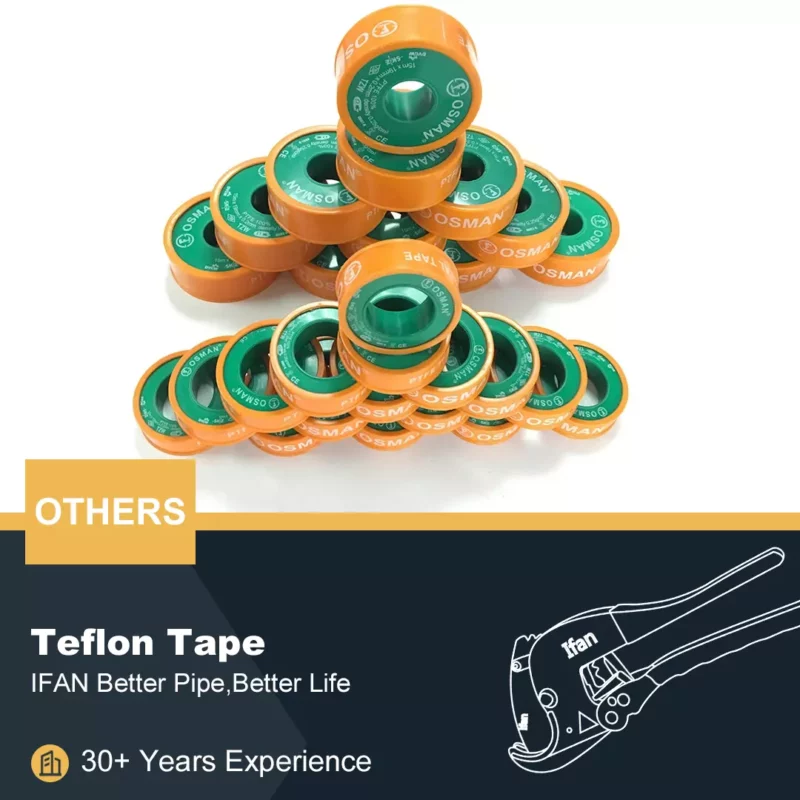















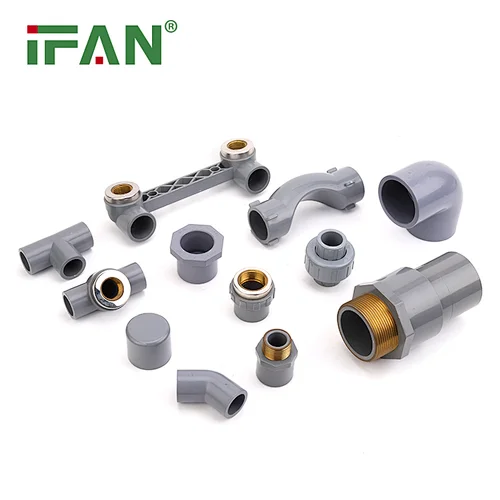















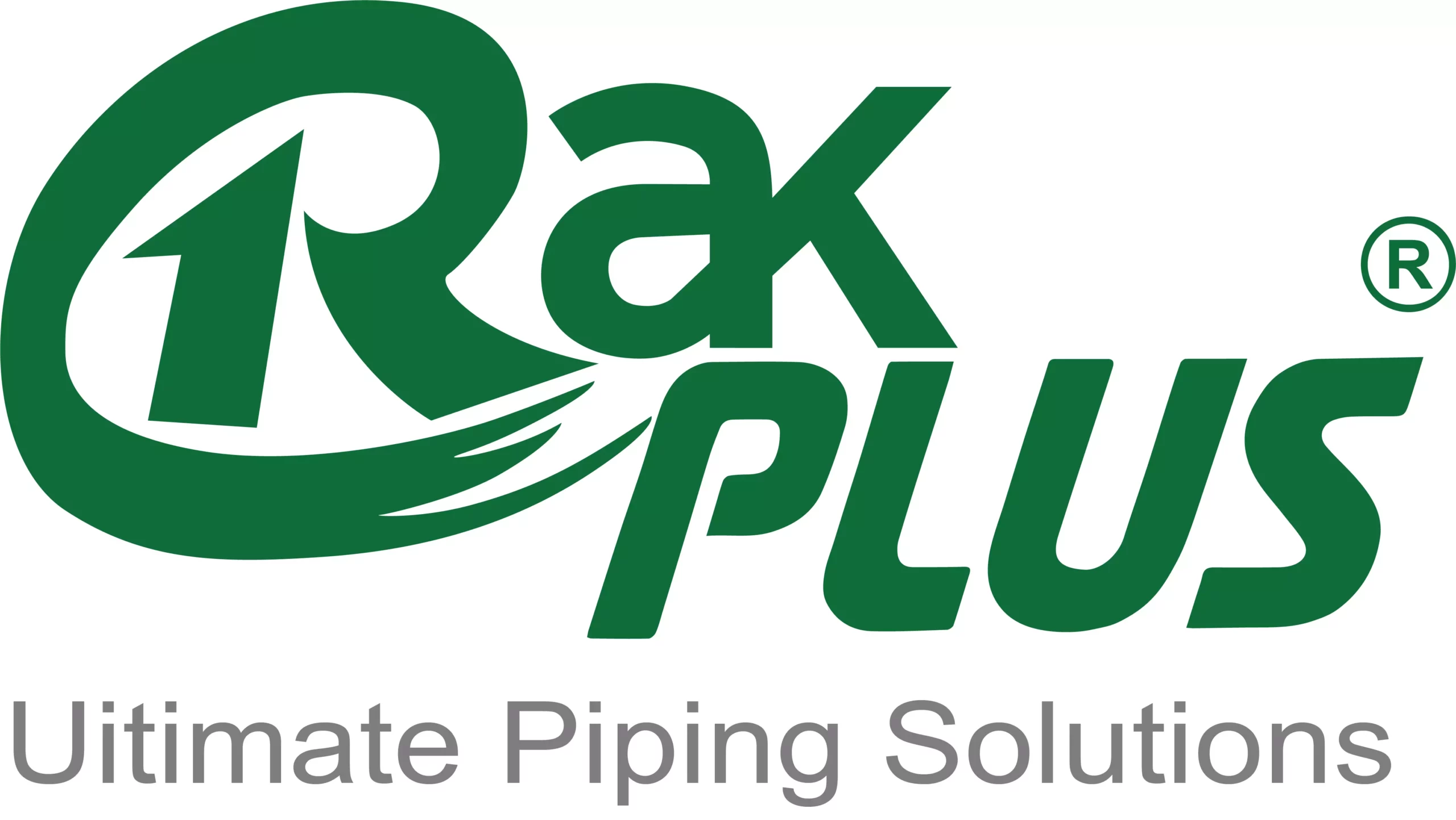


评价
目前还没有评价